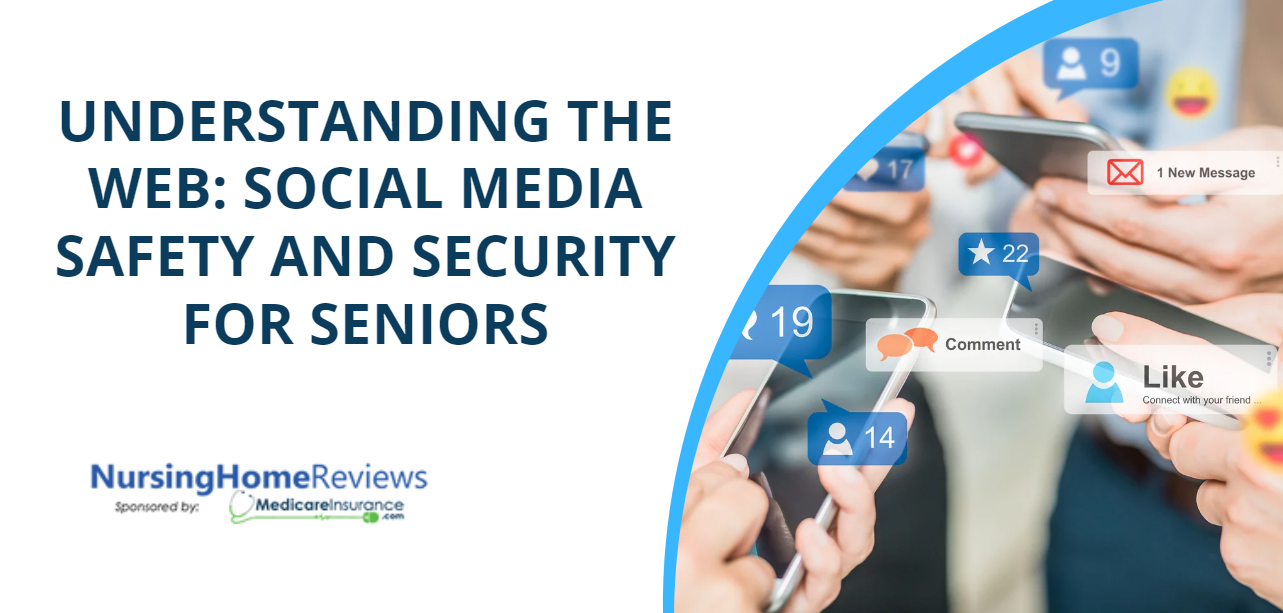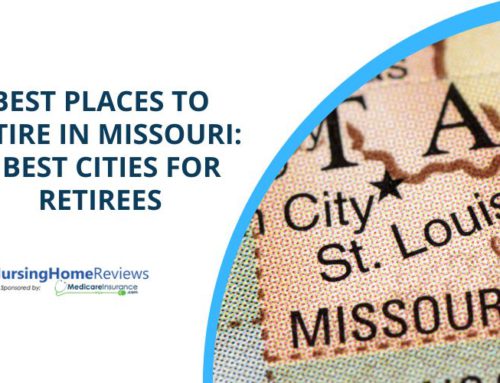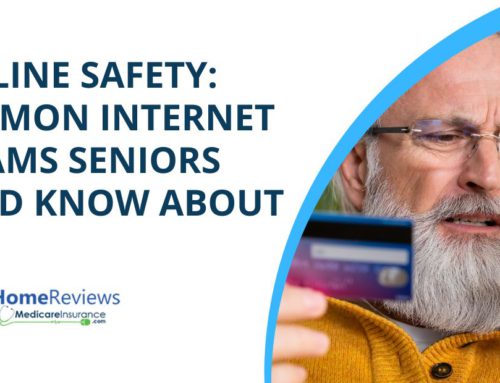
Scared of Hackers and Viruses?
When it comes to social media safety, you might be focusing on the wrong thing entirely. You see, when most people think of cybersecurity, they think of some sinister man in a hoodie, rapidly tapping on a keyboard as code flies across their screen.
It’s true that people exploiting flaws in hardware and software is a risk, but it’s far from the biggest weak point in any digital system. Instead, most bad actors will focus on a far easier point of entry: you. Fortunately, keeping yourself safe on social media is a lot easier than you might think, though it requires some basic technical literacy, as well as a degree of vigilance.
If you don’t adhere to social media best practices and basic internet safety for seniors, you could be exposing yourself to scammers, misinformation, and all sorts of bad news. Here are our internet safety tips for seniors, including tips on how to protect yourself from misinformation on social media.
Step 1: Passwords and Authentication
If I had to guess the password to your social media account right now, I’d say it was based on a word that was important to you: maybe a pet’s name, or the town you grew up in. Throw in a significant year or date, sprinkle in some random punctuation and capitalization… that’s assuming you aren’t simply falling into the trap of using some variant of the word password, of course.
It is shockingly easy to guess most passwords, because humans love patterns. It’s easier to remember words and dates, rather than complicated strings of random symbols. Unfortunately, this also makes it easy for easily accessible brute-forcing programs to guess your password.
To put it in perspective, modern hardware can guess hundreds of millions of passwords per second, and prioritize common passwords over random strings of characters. The Oxford English Dictionary has about 273,000 words. Throw in variations of words, proper nouns, and the most common password variations, and a simple password can be cracked in seconds.
Using truly random passwords is much more secure, but how can you keep all of those in mind? Especially when using the same password in multiple places is even less secure?
One solution is to use a password manager, like Dashlane or LastPass. These services create truly random passwords, which are locked in a vault behind a single master password. This password should be difficult to guess, but since you only need to remember one, it’s much easier to manage. For added security, set up two-factor authentication (2FA). This is a service in which an app on your phone generates a random six-digit code: even if you enter the correct password, if you don’t have the authentication code, your accounts remain locked. Setting up 2FA on any account that supports it is another way to keep your account safe.
Step 2: Protect Your Privacy
How much of your personal information is online? Probably more than you think, especially if you’re active on Facebook or other social media. Companies indeed gather information on their users, yes, but how much information do you willingly put on your profile?
By default, your Facebook profile is visible to anyone who searches your name on Google. This means that any information you post there is visible to the internet, including your name, hometown, alma mater, and any incidentals mentioned in posts.
For instance, do you ever post vacation photos? If you do so while on vacation, you’re advertising the fact your house is empty. Even something as innocuous as mentioning you have a grandchild can leave you vulnerable to scams. Scammers use any information they can get their hands on to make a scam seem more believable, up to impersonating your own grandchild if they think it’ll make them money.
One of the best ways to avoid over-exposing yourself is to limit your profile to friends and family only and be selective about who you accept friend requests from. Familiarize yourself with the privacy settings on your social media accounts, and avoid posting any personally identifiable information. If you want to share information with friends and family, consider setting up a private group chat instead.
Step 3: Avoid the Echo Chamber
Most social media sites use an algorithm to serve you content you’ll enjoy. Are you a fan of football? You’ll get loads of football related content and news. It’s a good idea on paper, but in practice it can lead to widespread misinformation.
Misinformation, to put it simply, is information that is false or misleading. Sometimes, this information is intended to deceive, and is posted by bad actors looking to support some sort of political or financial agenda. However, the majority of misinformation is unintentional. This is information that the people sharing believe, wholeheartedly, to be true, not realizing they’re spreading falsehoods.
Most forms of misinformation involve a combination of these two factors. For instance, during the height of the COVID-19 pandemic, a conspiracy theory that 5G networks were the source of the virus became widespread. This is false, SARS-CoV-2, the virus that causes COVID-19, is a virus, and is widely accepted by the scientific community to function like any other coronavirus. It is simply one that humans have not developed immunity to yet, due to being relatively new. However, general distrust of new technology combined with the atmosphere of fear and uncertainty surrounding the virus led to this conspiracy theory catching on.
Some people spread this theory because they genuinely believed that radiation emitted from 5G towers and phones was dangerous, and wanted to protect their loved ones. Other, more unsavory types, took advantage of this theory to market devices that could ‘protect’ from 5G radiation.
One scam website sold a USB device they claimed could produce a ‘quantum energy barrier’ to protect from 5G radiation. The device, which cost hundreds of dollars, turned out to be a simple USB drive with a suggested retail price of less than $6. Researchers found that the only thing that set the so-called “5GBioShield” apart from a normal USB drive was a sticker.
A USB drive that projects a ‘quantum’ anything seems like an obvious scam, but what makes things so insidious is how social networks are practically made to spread this information. If you innocently click on a few posts about the connection between 5G and COVID-19, Facebook will begin serving you more posts on the subject.
Nevermind that the information in those posts is untrue: despite efforts to curb misinformation, algorithms don’t care about truth, only engagement. A post could have literal gibberish written in it, but if enough people engaged with it, the algorithm would push it to everyone’s timeline. If you choose to share any of these posts, you only contribute to the spread.
Unfortunately, there’s no reliable way to stop misinformation outright. Even if all humans magically lost the ability to lie one day, people can still make mistakes. They may misremember things, or draw incorrect conclusions. The best way to protect yourself is to learn how to identify misinformation.
Consider who is posting this information, what information they’re sharing, and their intent for sharing it. Does this information come from a reputable source? Your friends might feel reputable, but unless they can share their sources, you should take everything with a grain of salt. Try to take a step back to view the bigger picture, and don’t automatically believe something just because you agree with it.
These tips are just the start. For more information on safe browsing, consider one of the many online internet safety courses available for free across the internet. By remembering these social media safety tips, you can keep browsing with confidence.
Resources
- Internet Safety for Seniors | Washington State
- The Best Technology for Seniors
- 10 Most Common Passwords (Is Yours on the List?)
- Social Media Risks for Seniors | Fraud Protection | Social Scams | IDX
- The Senior’s Guide to Online Safety – ConnectSafely
- Spotting Misinformation On Social Media Is Increasingly Challenging
- Best Online Courses for Seniors





